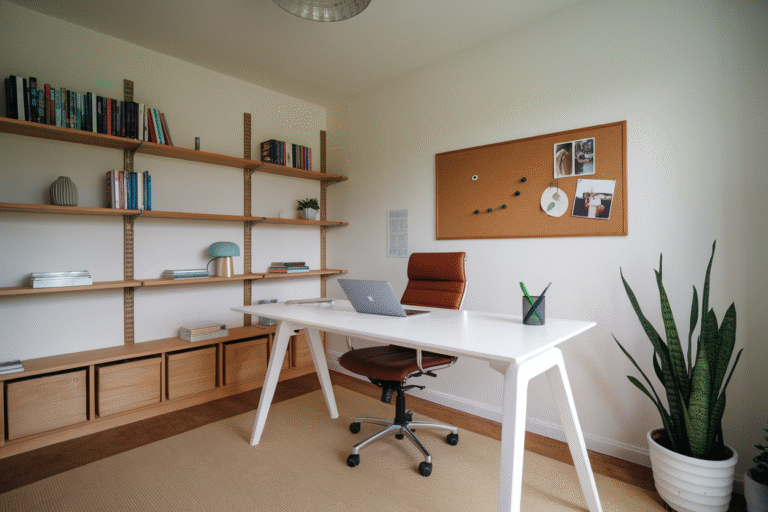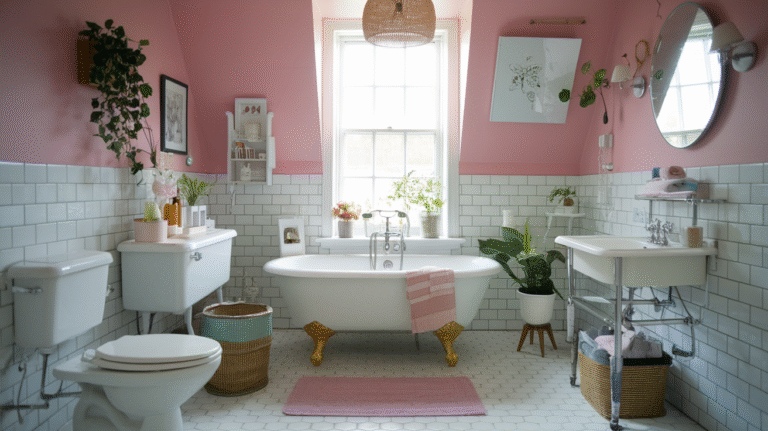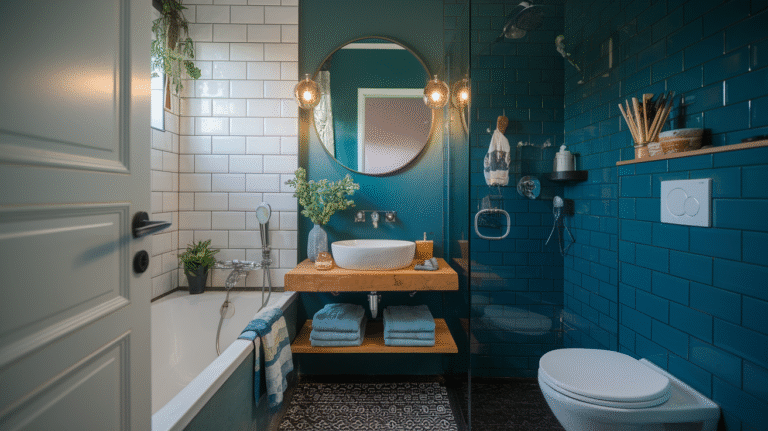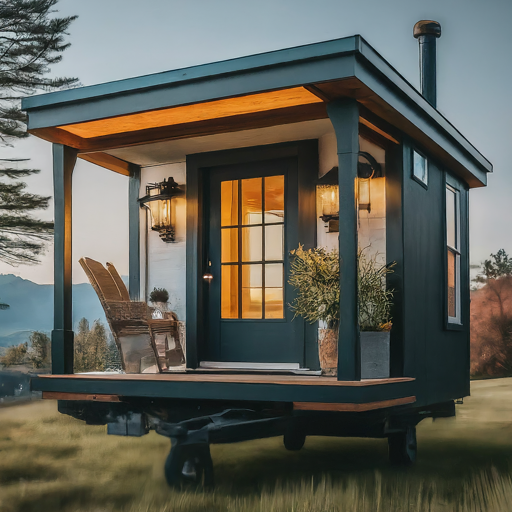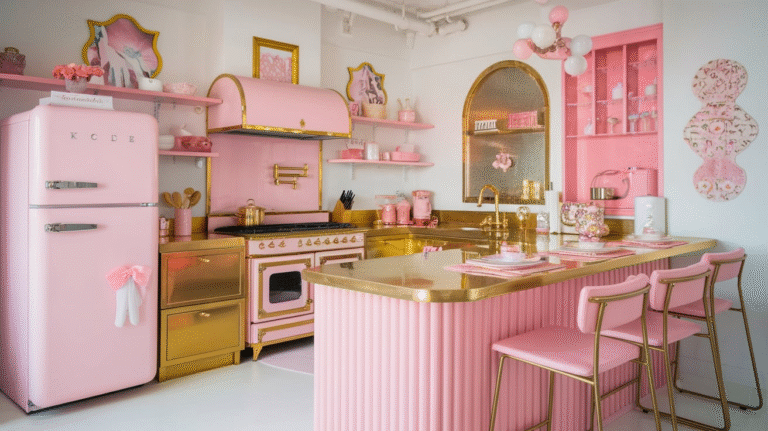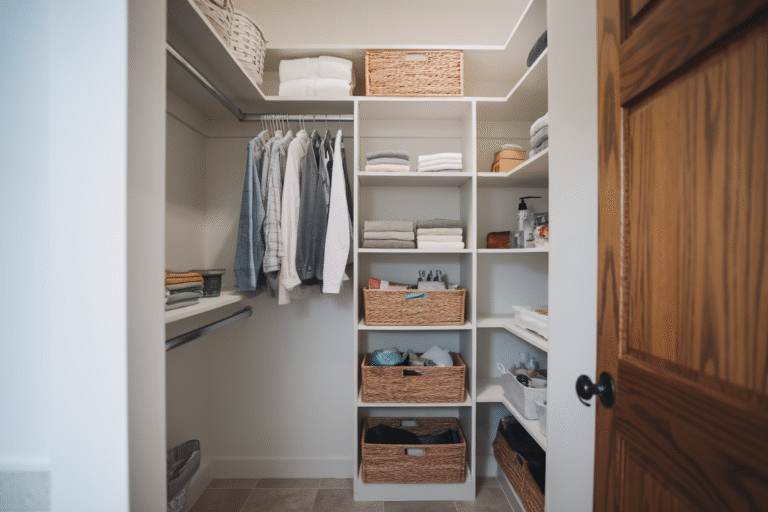25 Best Interior Color Palette Ideas
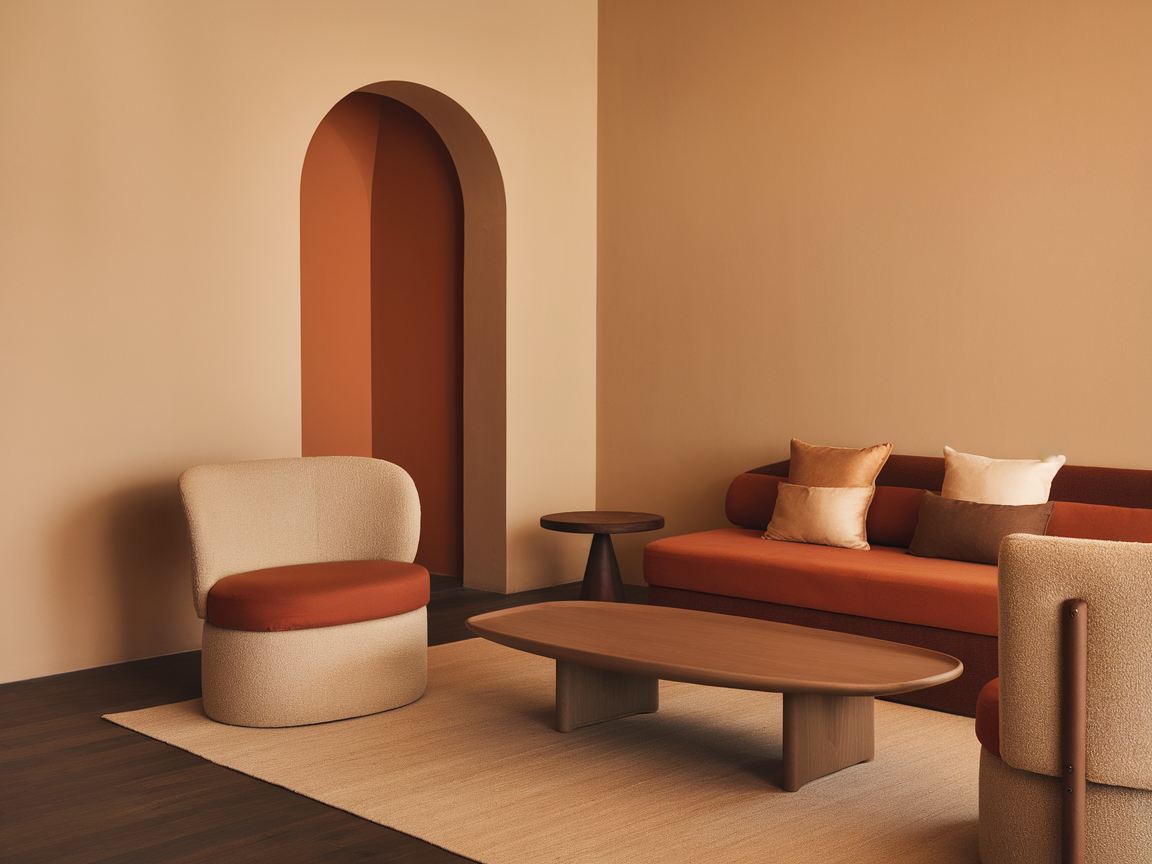
When it comes to transforming your home, few things are as powerful or personal as color. Choosing the right color palette is like selecting the perfect soundtrack for a movie — it sets the mood, shapes the experience, and brings everything to life.
But let’s face it: navigating paint chips and swatches can feel more like reading hieroglyphics than decorating. That’s why I’ve put together 25 of the best interior color palette ideas to give your spaces soul, style, and a serious dose of visual harmony.
1. Soft Neutrals and Warm Whites
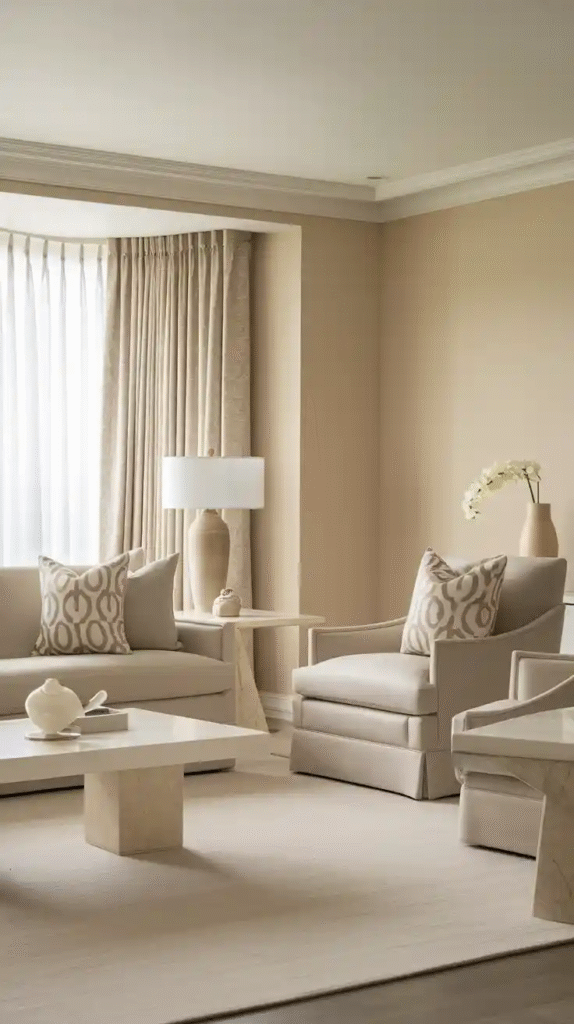
This is the go-to palette for anyone who wants that effortless, timeless feel. Think creamy whites, sand beiges, and soft taupe undertones. It’s like the oatmeal of interior design — simple, nourishing, and impossible to hate.
I once painted my small apartment in a warm white called “Swiss Coffee,” and suddenly my IKEA furniture looked like it came from a Parisian boutique. Bonus: these tones reflect light beautifully, making small spaces feel bigger.
2. Earthy Greens and Clay Tones
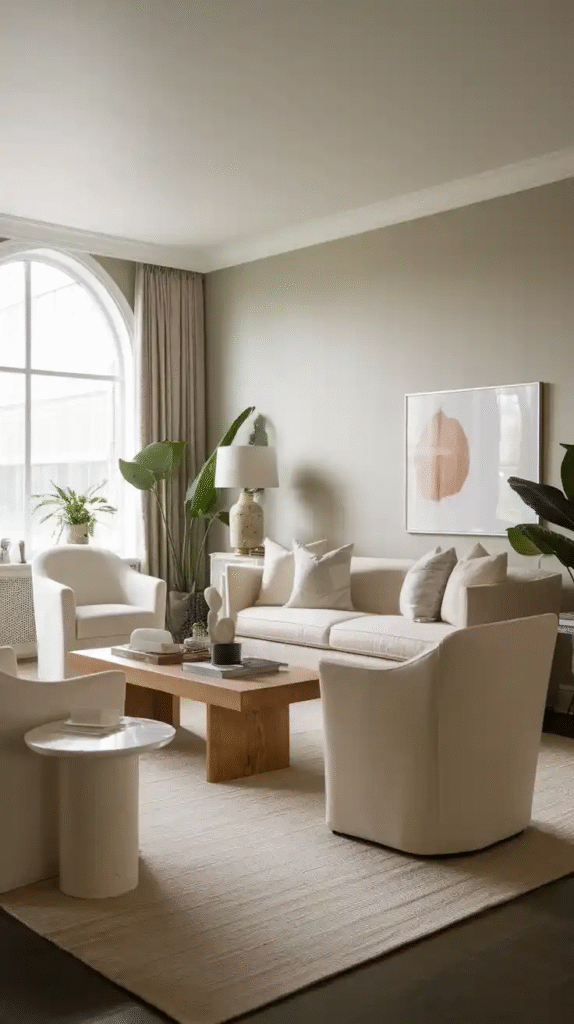
If your heart skips a beat for nature, this is your palette. Sage green, terracotta, burnt orange, and warm browns ground a space and give it that “I live in a cozy cabin but also shop at West Elm” vibe.
I’ve found that pairing a soft mossy green with creamy trim can make even a rental feel curated and calm. It’s a peaceful, grounding combination that whispers, not shouts.
3. Moody Blues and Charcoal
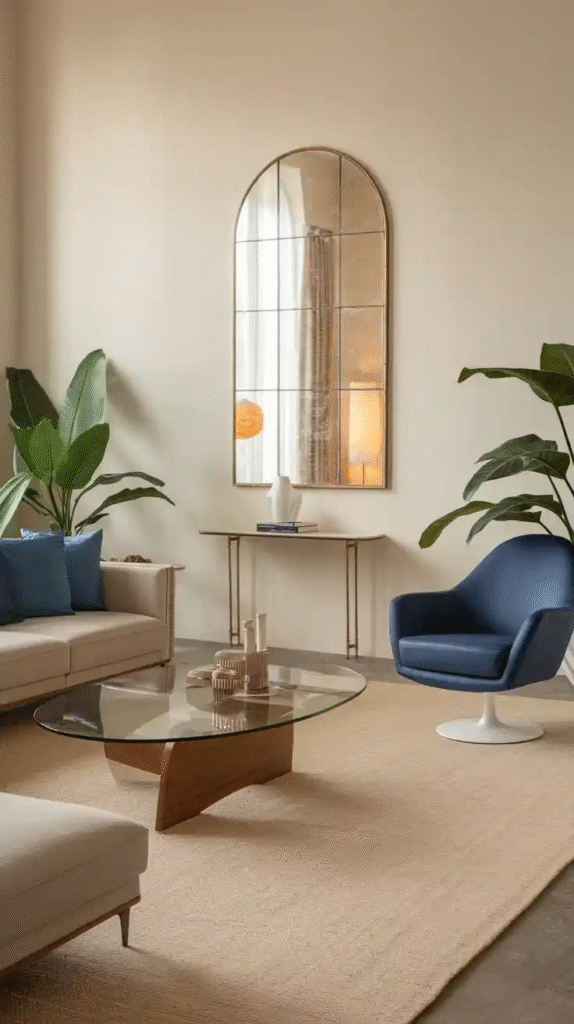
For those who like their interiors with a side of drama, this deep and sultry palette is perfection. Navy, midnight blue, slate, and charcoal grey can add instant sophistication to a bedroom, study, or dining room.
The trick? Balance them with light furnishings or natural woods. I once painted my office in a rich navy called “Hale Navy” — and suddenly, I felt like a CEO even in pajamas.
4. Blush Pink and Dusty Rose
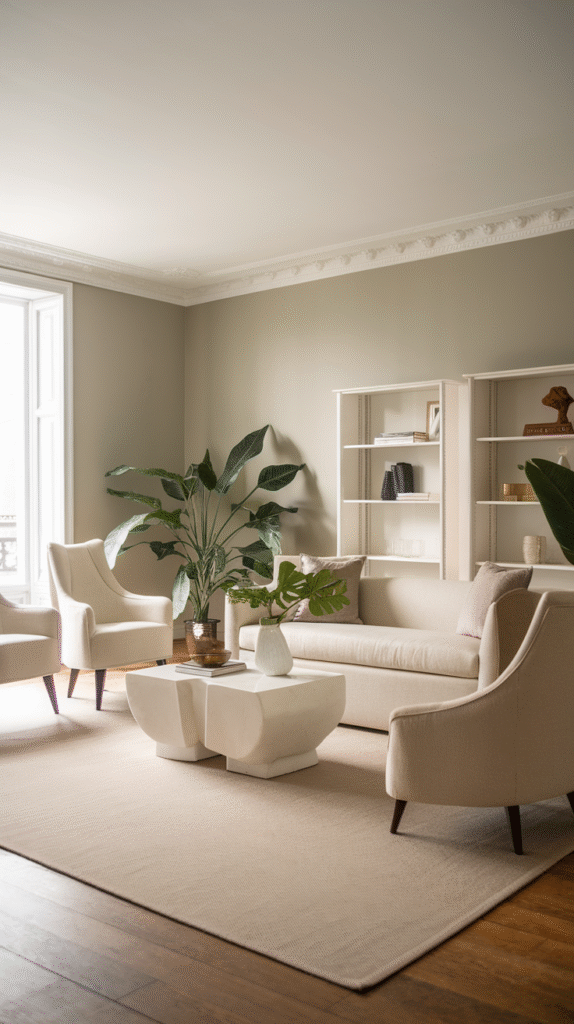
This isn’t your grandma’s pink. Today’s muted, earthy pinks are subtle, elegant, and shockingly versatile. Blush, rose quartz, and dusty mauve pair beautifully with warm neutrals and brushed brass hardware.
I used a dusty pink accent wall in my guest room and paired it with linen bedding and dried flowers — instant charm with barely any effort.
5. Monochrome Greys
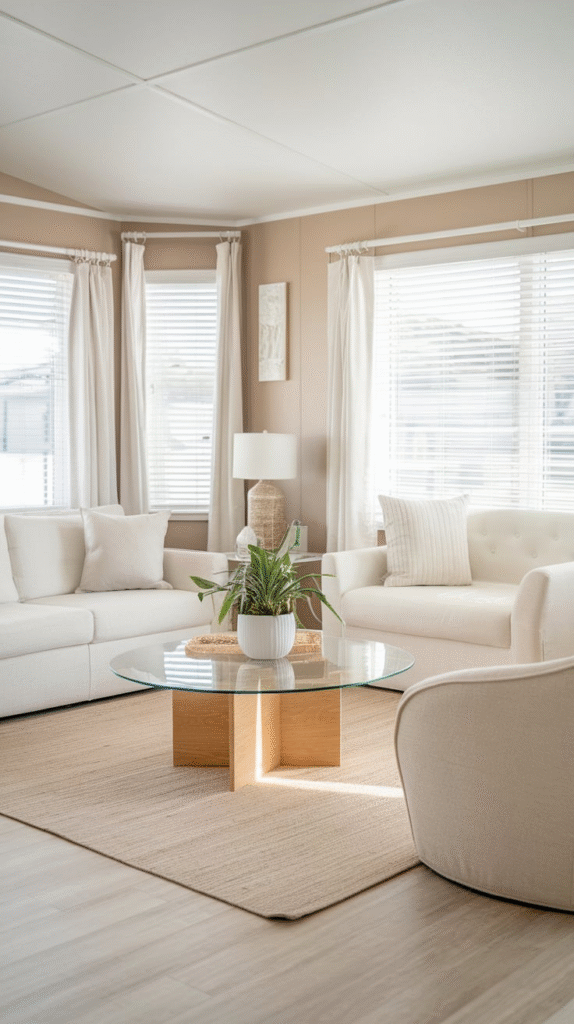
A room layered in shades of grey can be anything but boring. The key is contrast — use light dove grey on the walls, mid-toned greys in furniture, and deep charcoal in accents like throws or lamp bases.
This scheme works beautifully for modern minimalist interiors or urban lofts. A friend once dubbed my living room “Fifty Shades of Stylish.”
6. Desert Sunset Palette
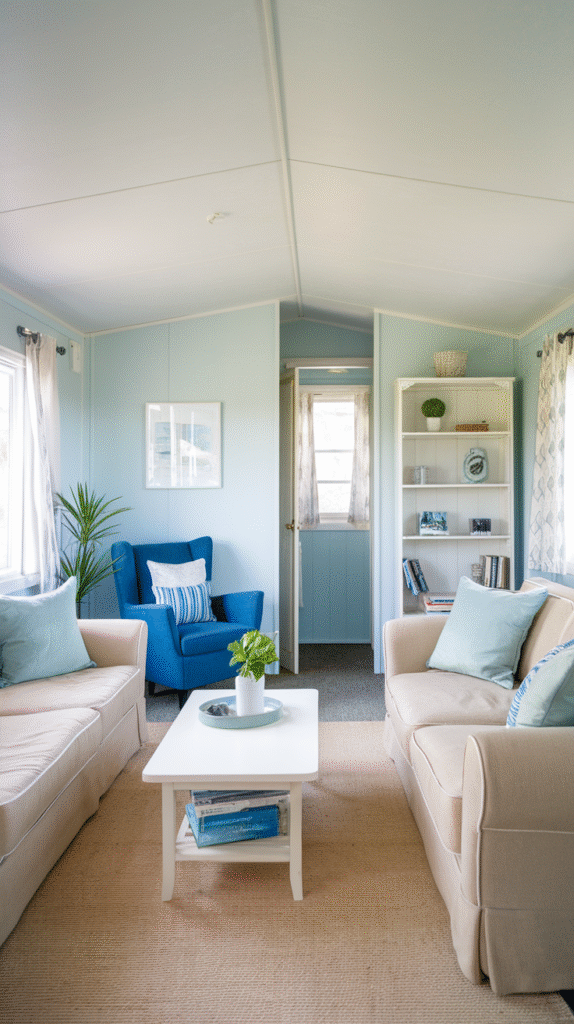
Inspired by southwestern skies, this palette combines ochre yellow, rust, soft coral, and muted lilac. It feels bold and soft all at once — a total paradox in the best way. I saw it first in a boutique Airbnb and immediately came home and painted my hallway in a muted orange. I’ve never looked at sunrises the same way again.
7. Coastal Blues and Crisp Whites
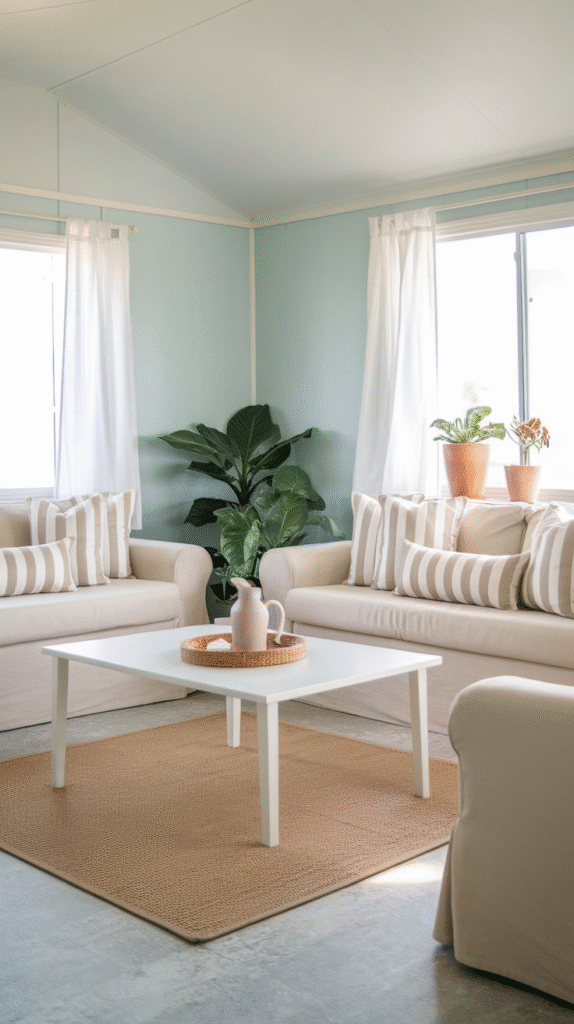
For a fresh, breezy feeling year-round, go coastal. Combine sky blue, navy, seafoam, and crisp white for a color story that feels like a deep breath of ocean air. Add in rattan textures and driftwood tones and suddenly, even a landlocked apartment feels like a beach house.
8. Forest Green and Soft Camel
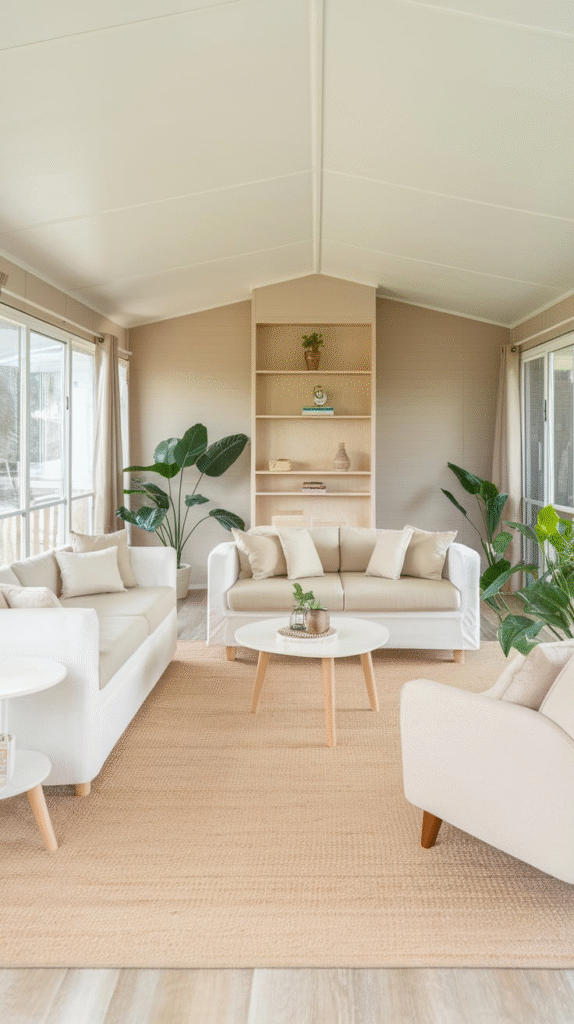
This luxurious, almost academic palette brings to mind leather-bound books and steaming mugs of coffee. Deep forest green walls paired with camel leather, cream textiles, and brass finishes create a rich, intellectual space. I tried it in a reading nook, and now it’s the most used corner in the house.
9. High Contrast Black and White
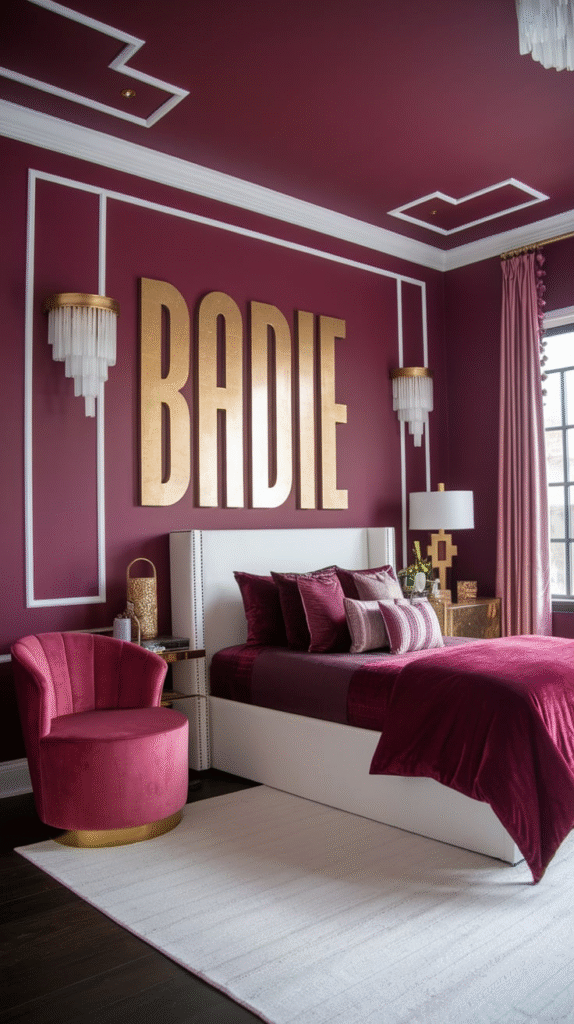
Some combinations never go out of style. Black and white interiors are chic, modern, and endlessly versatile. Think white walls, black window frames, and bold artwork or rugs to tie it all together. Add greenery or natural wood to soften the sharp contrast. It’s a palette that screams style without trying too hard.
10. Lavender and Grey

This combination is understated elegance at its finest. Lavender adds a touch of whimsy and softness, while cool greys keep it from becoming too sweet. Try this combo in a bedroom with silver accents and velvet textures for a space that feels restful and dreamy.
11. Terracotta and Olive Green
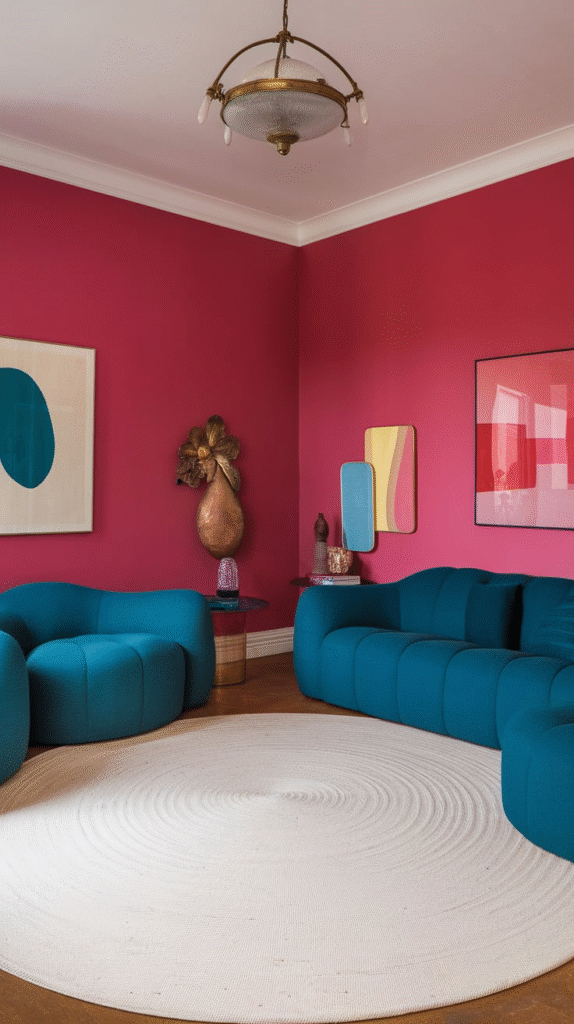
Two earth-toned powerhouses, terracotta and olive green bring depth and warmth. This palette works beautifully in kitchens or dining areas, especially with matte black fixtures and ceramic details.
I once painted my kitchen shelves olive green and styled them with clay pots — it turned a bland corner into a rustic Instagram dream.
12. Beige on Beige
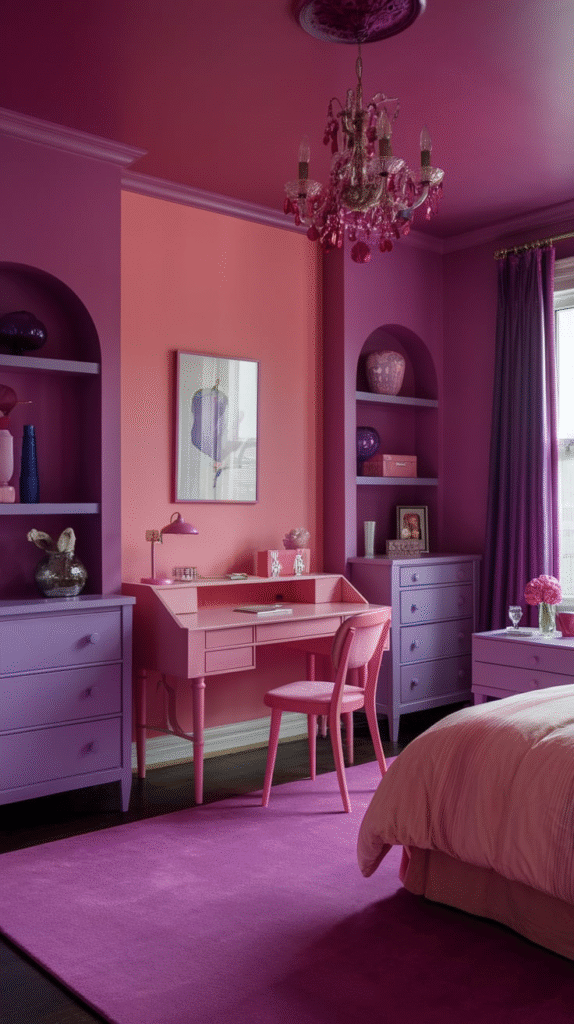
When done right, monotone beige is serene, sophisticated, and modern. Layer various warm undertones — mushroom, greige, camel — for dimension. It’s the ultimate palette for lovers of quiet luxury. Pair with black accents, linen textures, and dried pampas grass to elevate the whole look.
13. Deep Plum and Dusty Lilac
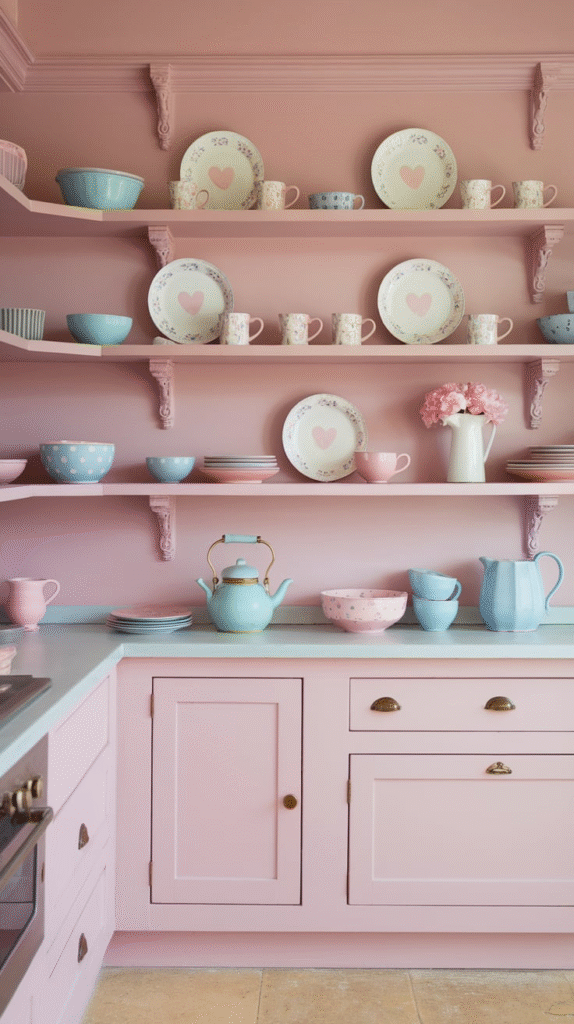
A rich and royal palette, this combo is ideal for bedrooms or intimate lounges. Plum adds drama, while dusty lilac lightens things up. Use gold metallics, velvet furniture, or crystal lighting to amplify the glam factor.
14. Bold Mustard and Navy
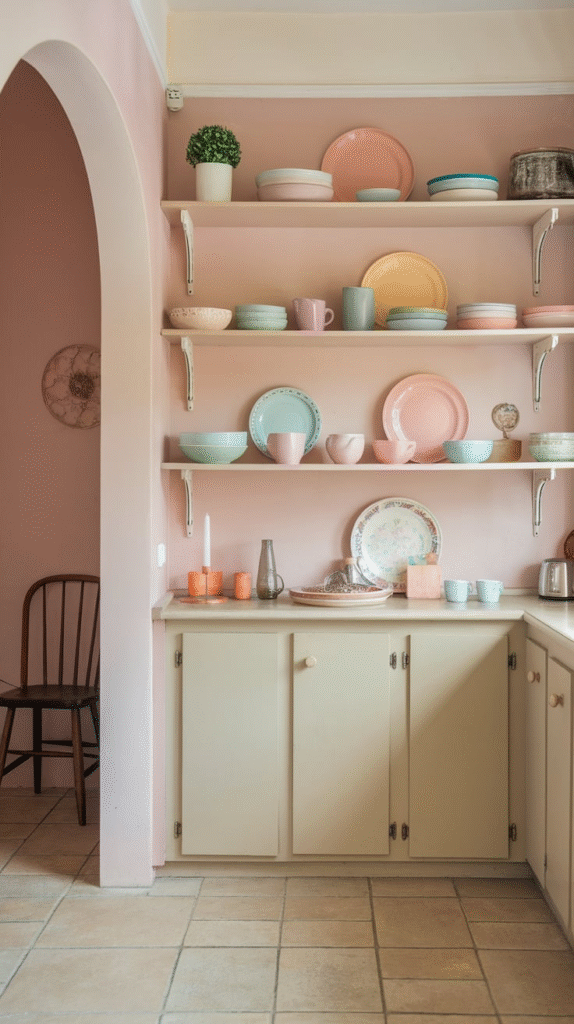
If you want a color story that’s bold but grounded, mustard yellow and deep navy are a match made in design heaven. I painted my entryway bench mustard once, and with navy pillows and a brass mirror, it instantly felt curated — like I had a stylist for my foyer.
15. Cool Mint and Pale Grey

Fresh, crisp, and modern — mint green paired with pale grey is ideal for small spaces. It brings a gentle vibrancy without overwhelming the room. I used this combo in my laundry nook, and suddenly folding socks felt almost…pleasant.
16. Warm Taupe and Rosewood
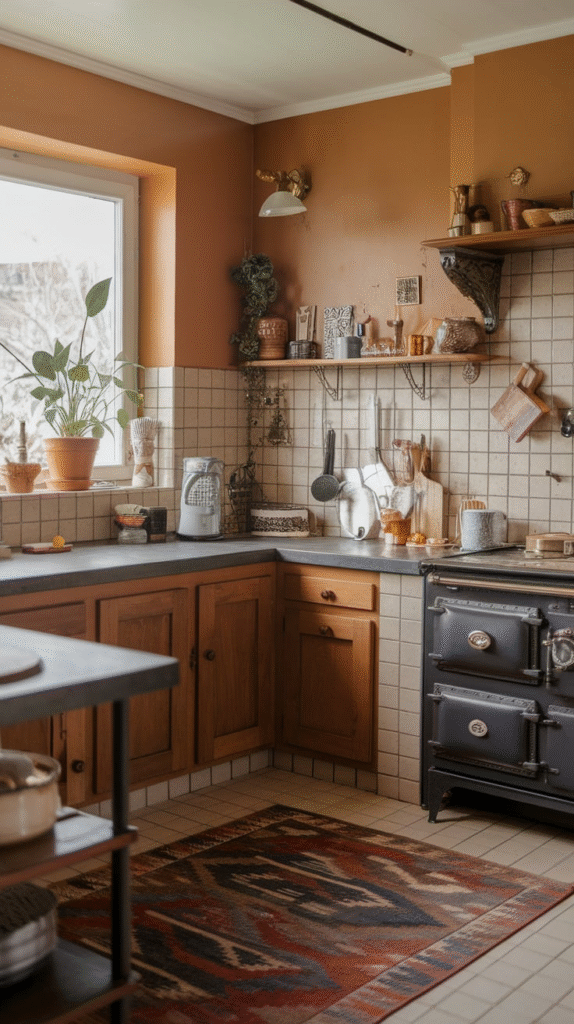
Warm, romantic, and surprisingly neutral. Taupe walls with rosewood furniture or accessories create a grounded yet elegant space. It’s the color version of a slow Sunday morning — warm coffee, soft slippers, and a novel you’ve already read twice.
17. Dusty Blue and Warm Beige
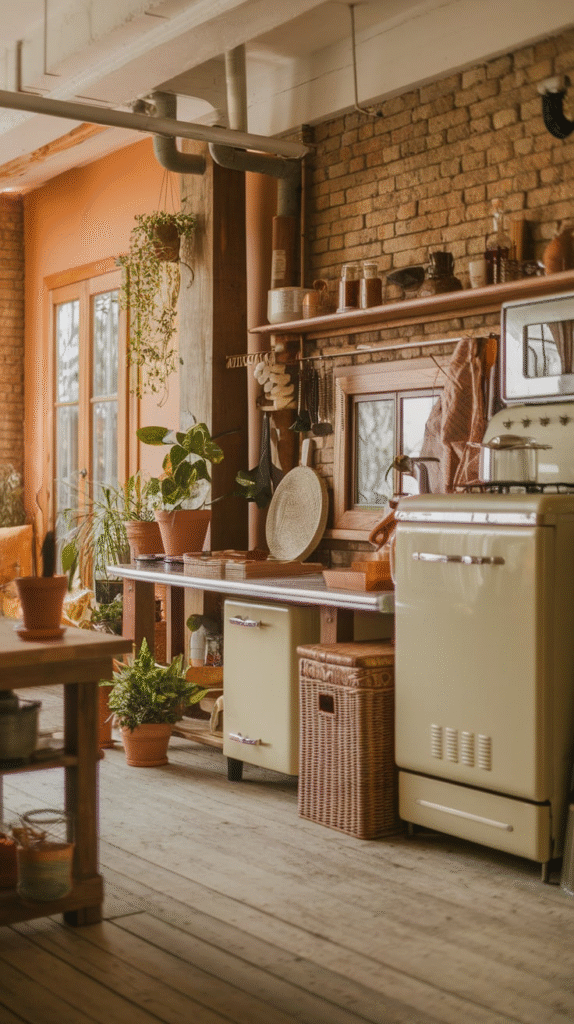
A modern twist on coastal classics, dusty blue with warm beige feels like the Mediterranean countryside on a cloudy day. Use linen fabrics, wooden furniture, and ceramic finishes for a lived-in, serene effect.
18. Charcoal and Burnt Orange
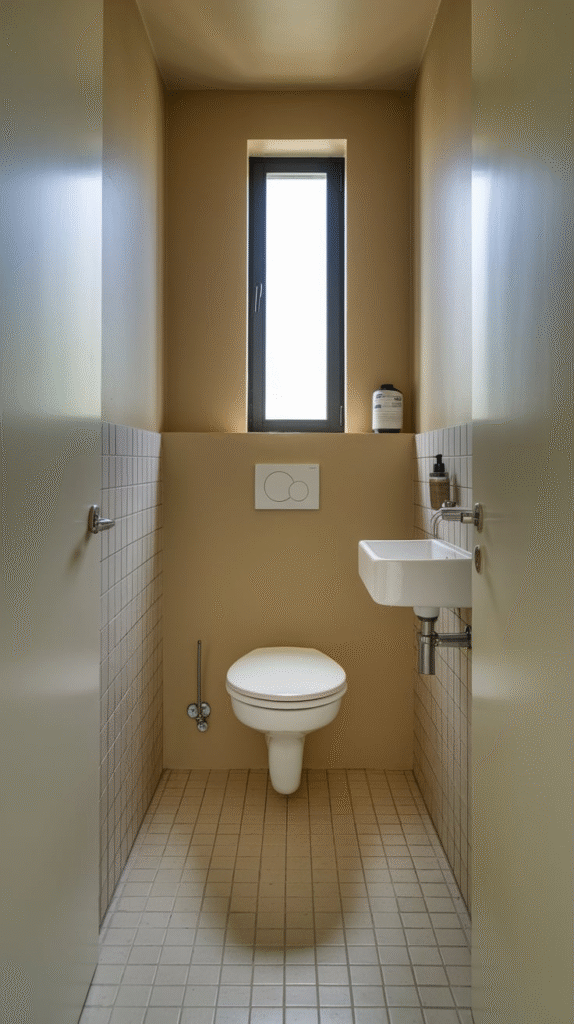
This high-contrast palette is perfect for creative spaces or urban apartments. Charcoal walls create a dramatic backdrop for pops of burnt orange in artwork, cushions, or upholstery. Add in brass details for a slightly retro, yet updated feel.
19. Cream and Olive
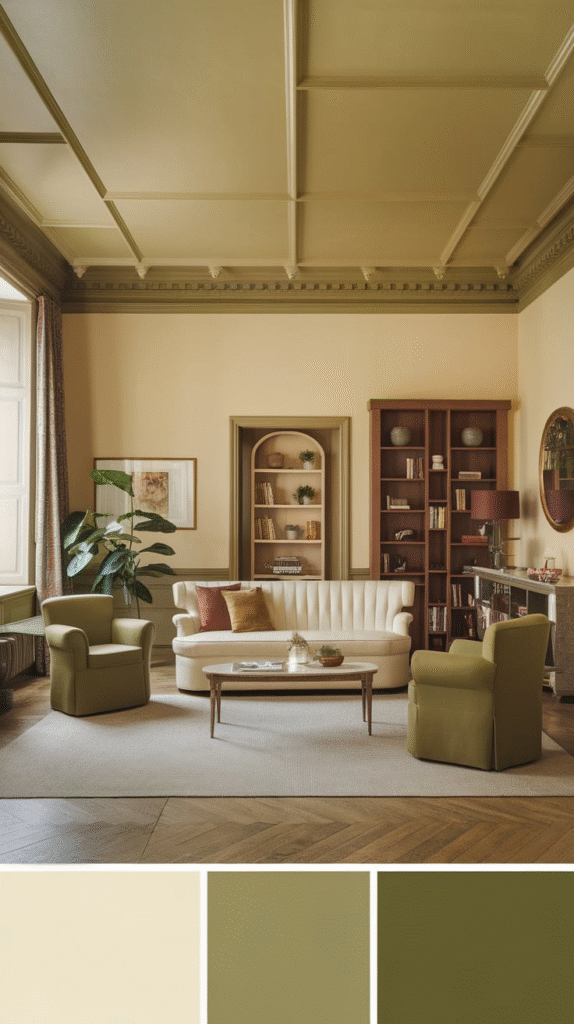
Soothing and organic, this combination works wonders in dining rooms or entryways. Cream walls with olive accents (think benches, artwork, or kitchen cabinetry) deliver calm sophistication with a natural twist. Pair with textured fabrics to keep the look warm and layered.
20. Slate Blue and Warm Wood
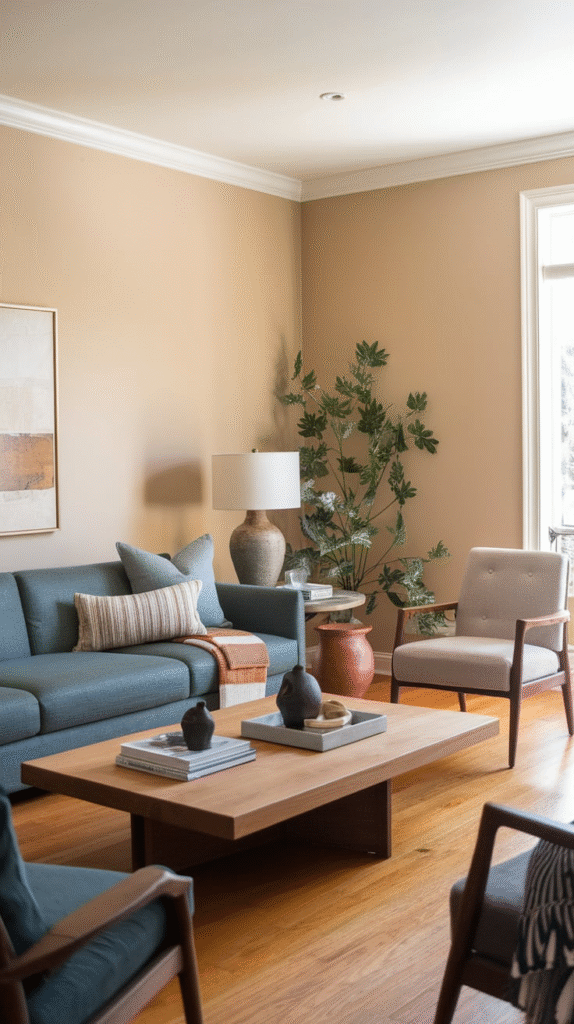
A balance of cool and warm, slate blue walls paired with wooden tones creates a comfortable, calming aesthetic. It works beautifully in bathrooms, bedrooms, or cozy dens. This was the first palette I ever used in a guest room, and the compliments never stopped.
21. Soft Coral and Light Grey
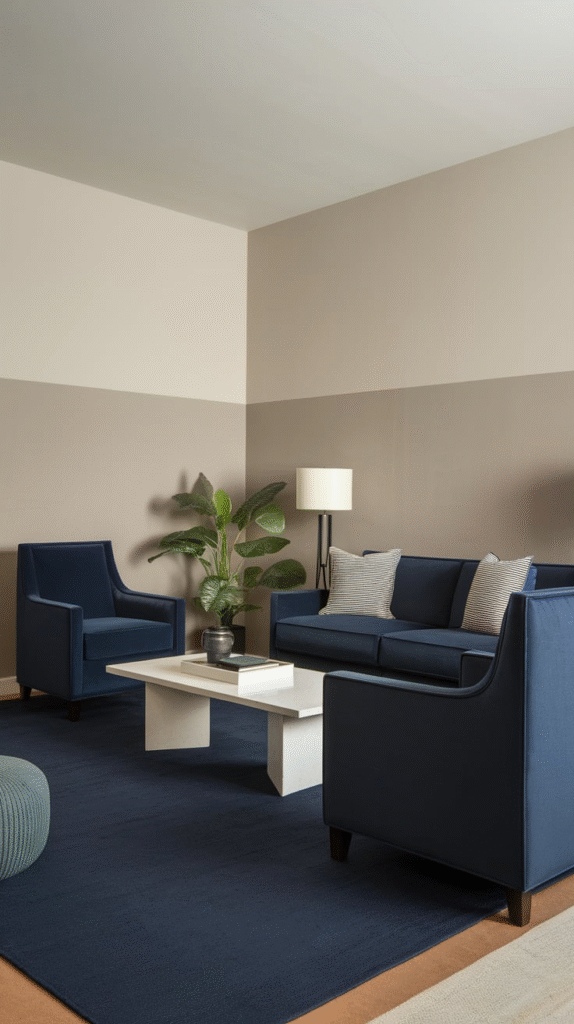
Surprisingly versatile, coral adds a cheerful pop, especially when balanced with light grey. Perfect for nurseries, bathrooms, or offices, this combo feels fresh and bright. It’s also one of those rare pairings that works in both traditional and modern styles.
22. Greige and Navy
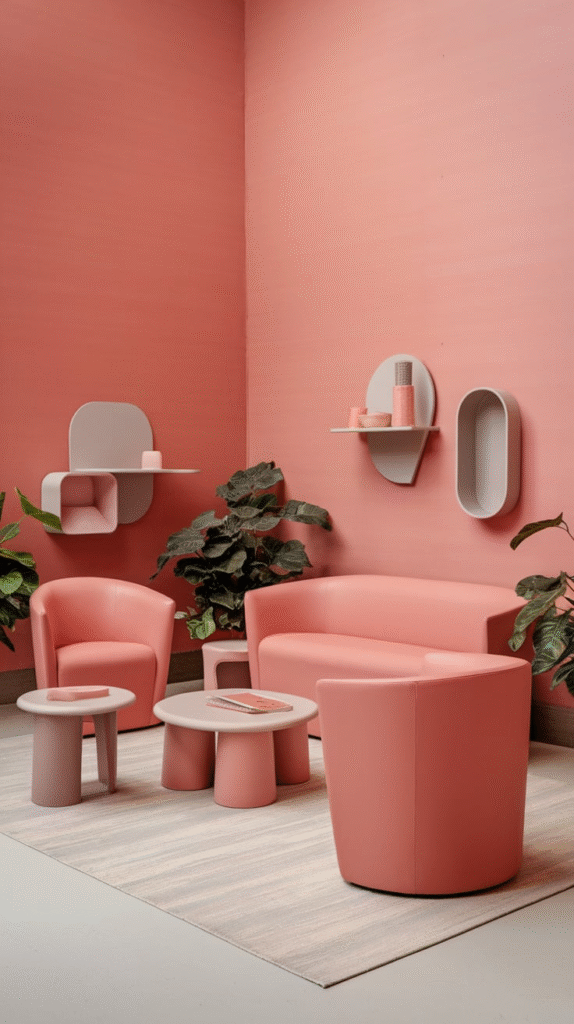
A grown-up take on the classic neutral and blue, greige (a mix of grey and beige) paired with deep navy offers subtle contrast and a calming effect. Add in warm wood or black-framed art for definition. It’s polished without being too precious.
23. Pale Yellow and White
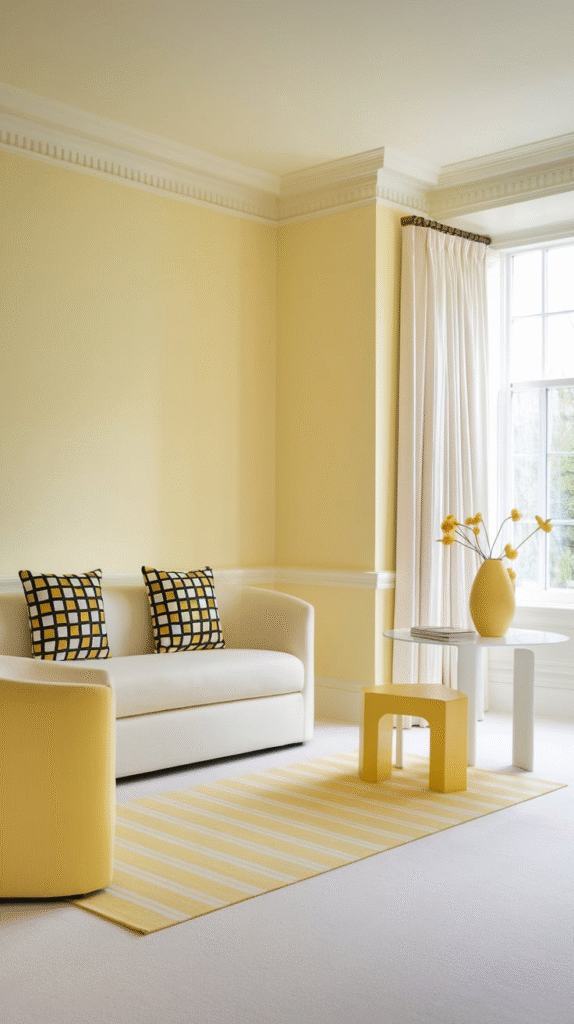
If you want something cheerful and sunny, without going full daffodil, try pale butter yellow with white. It’s perfect for kitchens, breakfast nooks, or anywhere you want to start your day on a happy note. Add in wicker baskets, plants, or mint accents for depth.
24. Warm White and Blackened Bronze
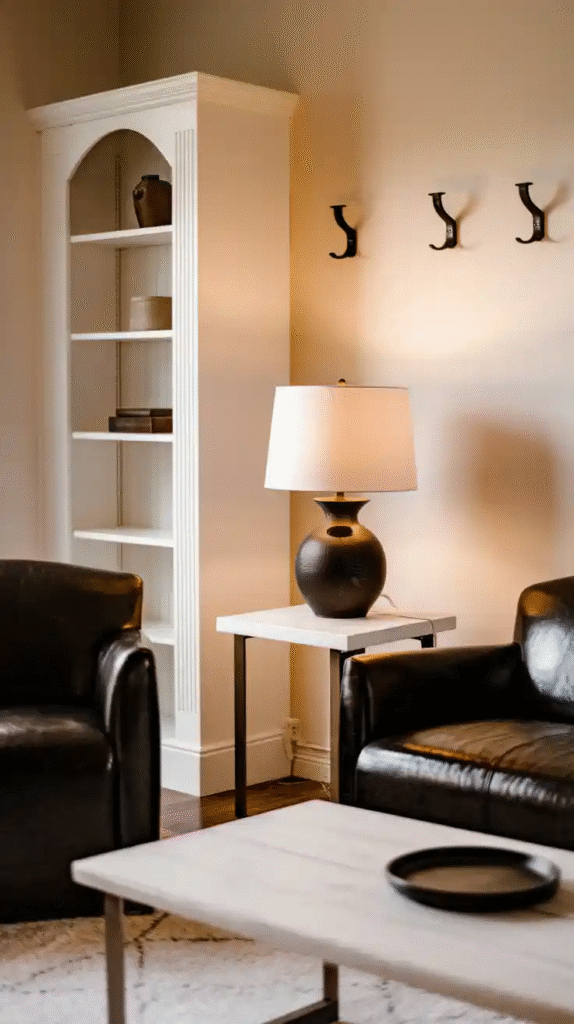
This is elegance distilled into color. Warm whites paired with blackened bronze finishes create a restrained, museum-like palette. Ideal for modern homes, especially when combined with marble, textured ceramics, or wooden sculptures.
25. Teal and Copper
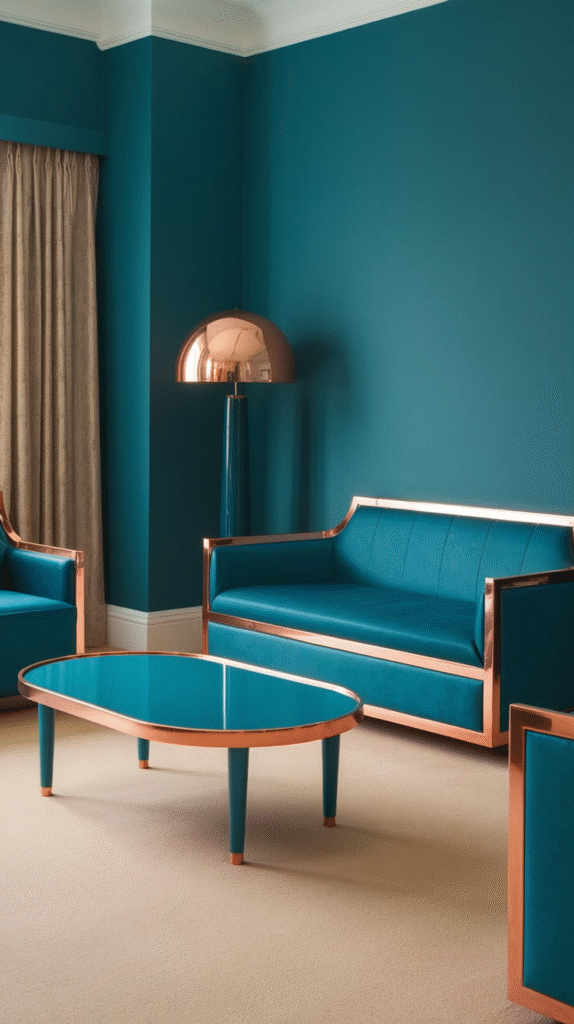
Dramatic and elegant, teal makes a bold statement — and copper accents bring in warmth and luxury. Use this combo in a dining room or study for serious “wow” factor. A friend of mine used this palette in a home bar, and it was so gorgeous I forgot the drinks.
How to Choose the Right Interior Color Palette
Know Your Light
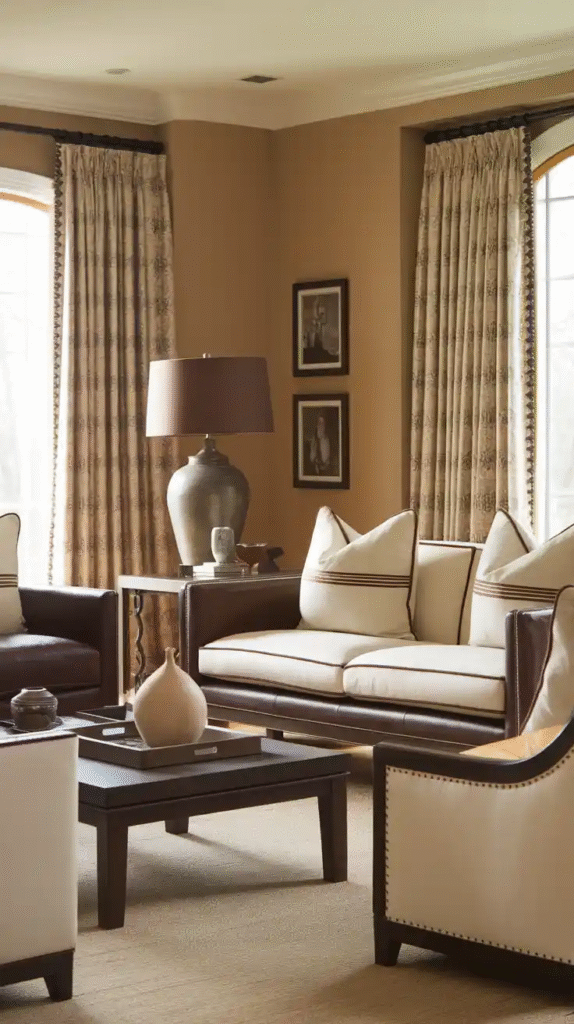
Natural light is a color’s best friend or worst enemy. North-facing rooms tend to feel cooler, so go for warm undertones. South-facing spaces can handle cooler tones without feeling sterile. Always test swatches at different times of day.
Consider Your Mood
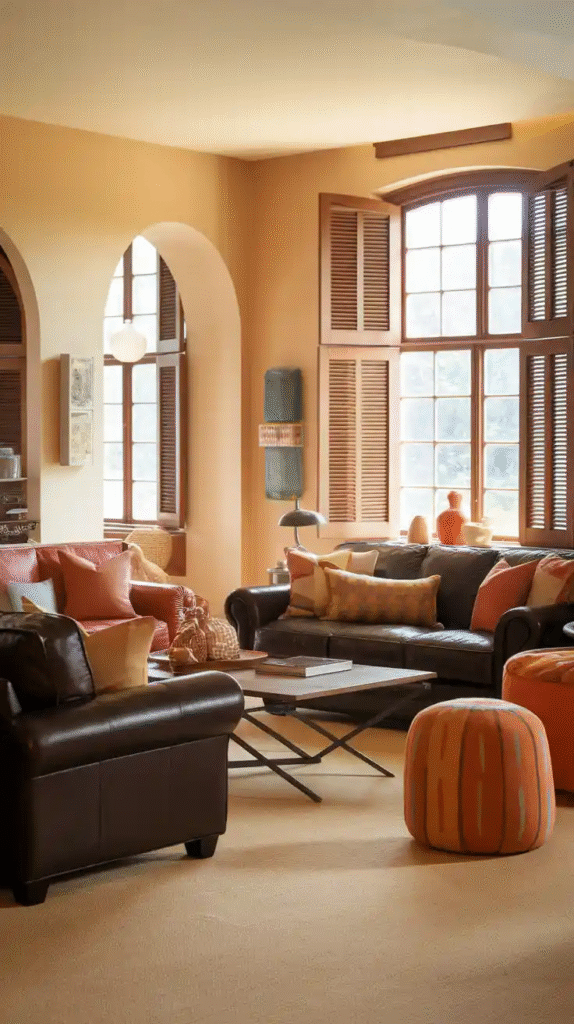
Ask yourself how you want to feel in a space. Calm? Go for blues, greens, and neutrals. Energized? Look to yellows, reds, and bold contrasts. Think of your home as a symphony — some rooms are upbeat, others are quiet interludes.
Don’t Forget Flow
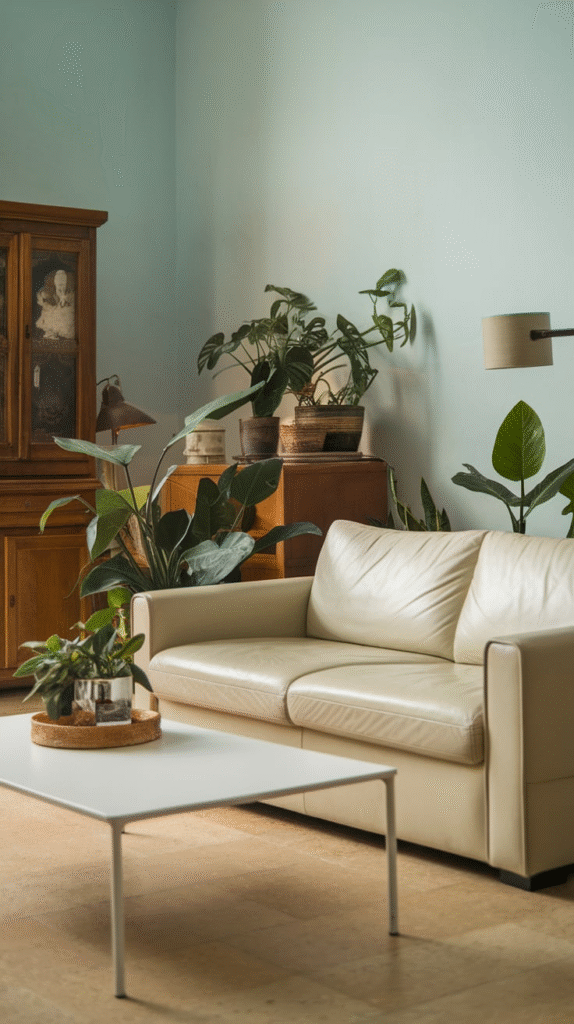
If you’re working with open floor plans, your colors need to talk to each other. They don’t need to match, but they should relate — like cousins at a family reunion, not strangers at an airport.
Balance Neutrals and Accents
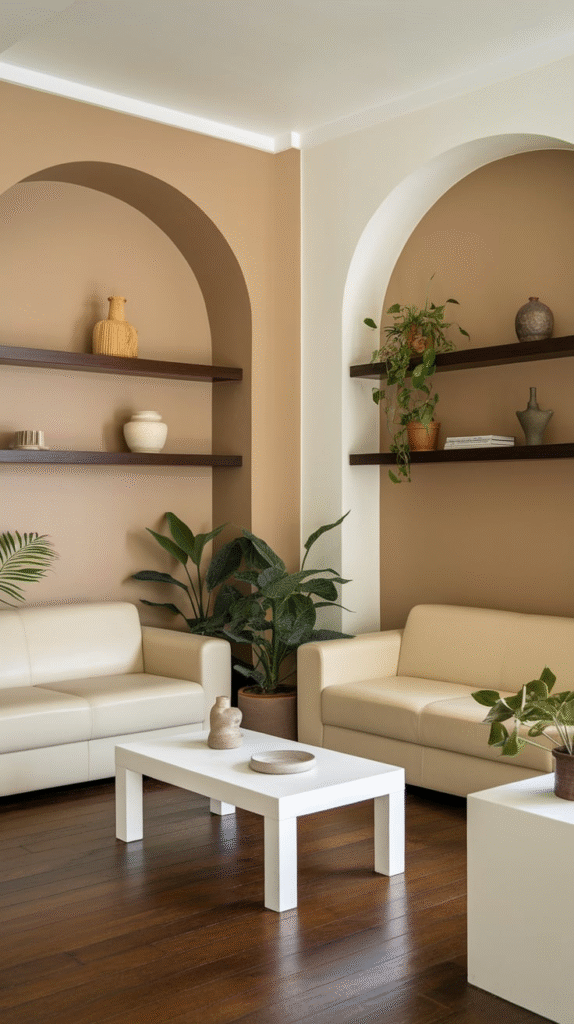
Not every wall needs to shout. Use neutral bases for flexibility and accent colors to tell your design story. Think of neutrals as your outfit and accent tones as the jewelry.
Stick to the Rule of 60-30-10
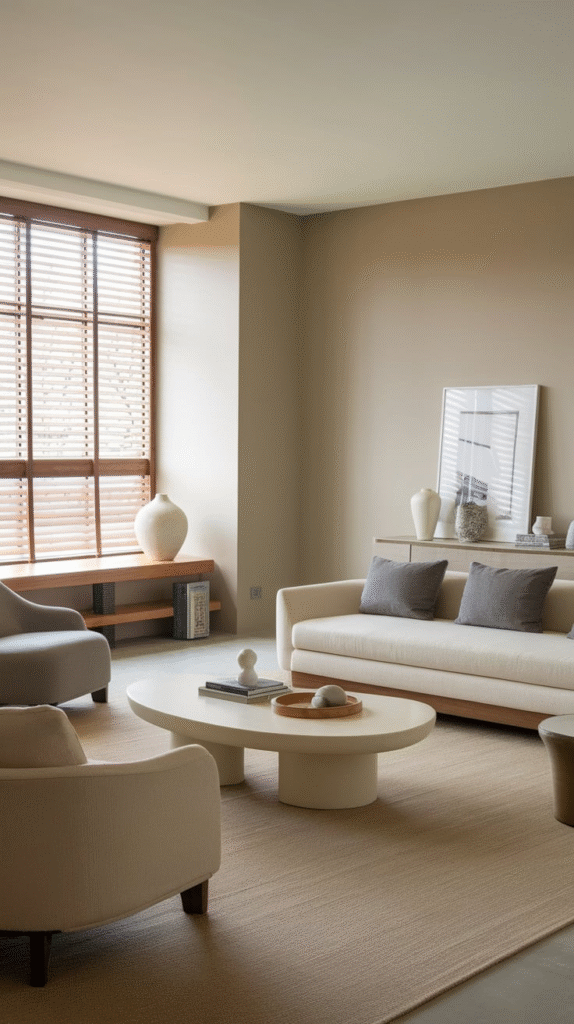
A tried-and-true designer rule: 60% of a dominant color, 30% of a secondary, and 10% as an accent. It’s a magic formula that keeps things cohesive and interesting.
Conclusion
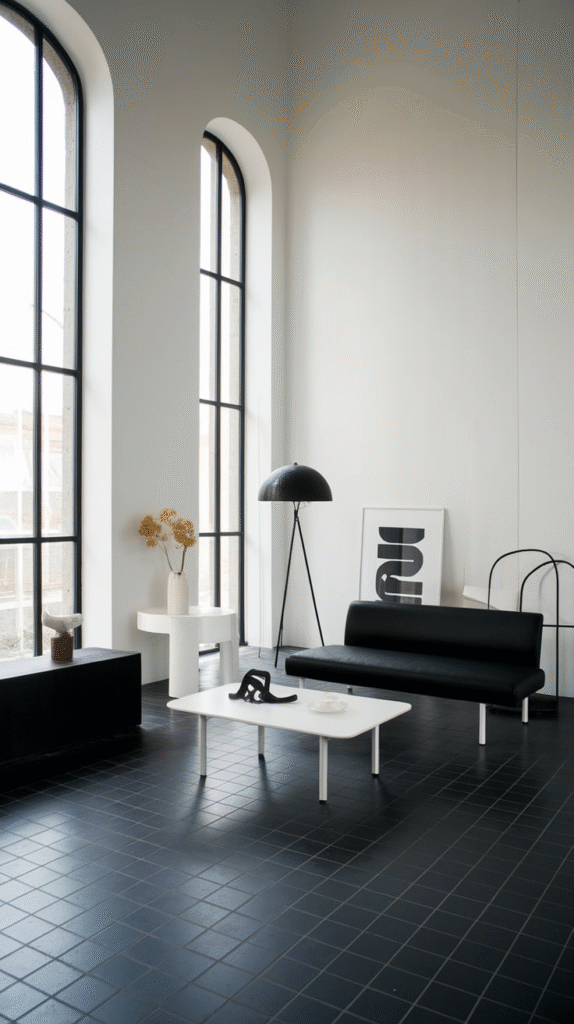
Choosing a color palette isn’t just about style — it’s about emotion, personality, and experience. Your home should reflect who you are, tell your story, and make you feel completely at ease.
Whether you go bold with burnt orange or whisper-quiet with warm beige, the best palette is the one that makes your heart hum every time you walk in the door. So grab those swatches, test those samples, and don’t be afraid to paint outside the lines — your perfect palette is waiting.

